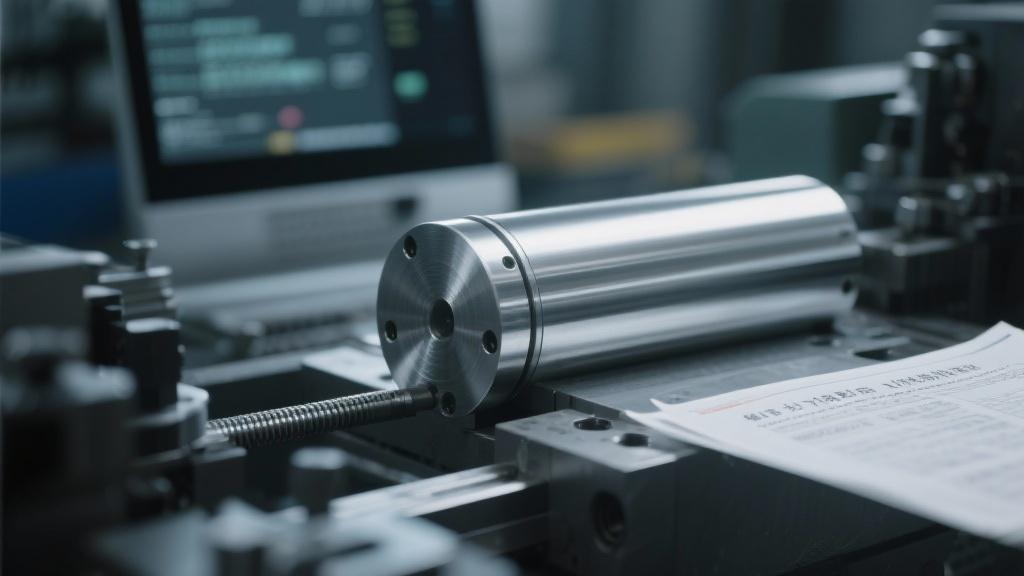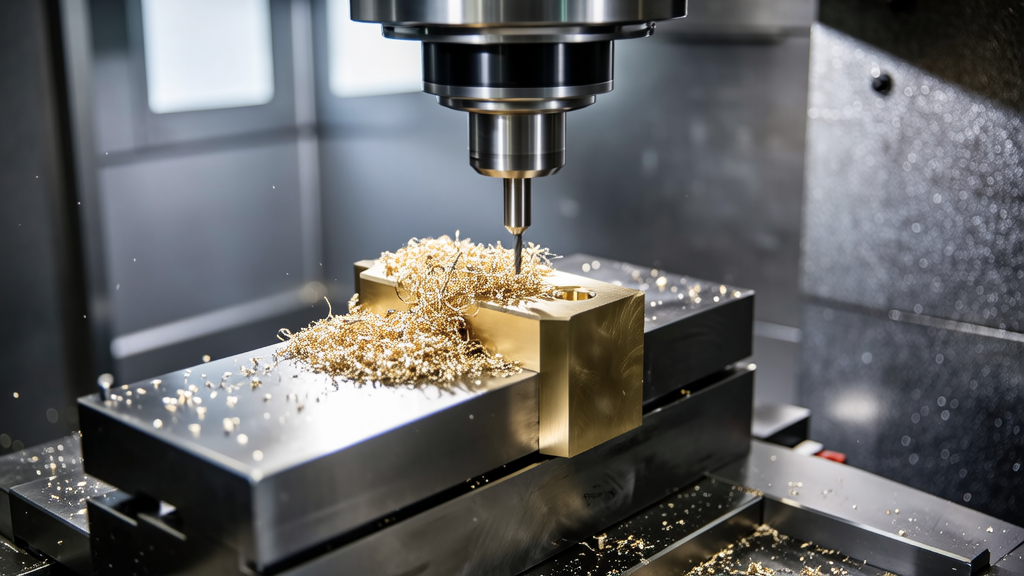Understanding Quality Inspection Standards
When it comes to aluminum machining, quality is critical. You might not realize it, but a well-machined part can hinge on a few pivotal inspection standards. So, what are they? These standards help ensure precision and functionality, whether you’re creating components for aerospace, automotive, or electronics industries.
First off, let’s get into dimensional accuracy. This is the foundation of quality inspection. Parts must meet pre-defined measurements, often specified in engineering drawings. Using tools like calipers and micrometers, manufacturers check that lengths, widths, depths, and diameters are correct. If the dimensions are off, even slightly, the part might fail to fit properly in its intended assembly, leading to costly issues down the line.
Next up is surface finish. The texture of a machined part can affect both its appearance and performance. For example, a rough surface can lead to increased friction, which might lower efficiency in mechanical applications. Inspectors often use a device called a roughness tester to evaluate the surface, measuring it against industry standards to determine if it’s within acceptable limits. Achieving the right surface finish can also impact how well the part resists corrosion or other environmental stresses.
Tolerances are another vital inspection area. These define the permissible limits of variation in a physical dimension. A common rule of thumb is that tighter tolerances often result in higher production costs due to the need for more precise machinery and inspection methods. However, achieving the right balance between cost and tolerance is essential for maintaining quality without breaking the bank.
Tools and Techniques for Inspection
Several techniques help assess these standards effectively. One popular method is the use of Coordinate Measuring Machines (CMM). These sophisticated devices can automatically measure the physical geometrical characteristics of a part. CMMs can do this with incredible precision, often down to microns, providing an extreme level of accuracy that manual methods simply can’t match.
Another promising technique is formal evaluation through statistical process control (SPC). By analyzing data collected during production, manufacturers can track quality trends and identify potential issues before they escalate. This proactive approach not only enhances product quality but also reduces waste and lowers the overall cost of production.
Importance of Inspection Standards
So, why should you care about these standards? First and foremost, they ensure that the parts you produce—or the ones you need—are reliable and perform as intended. For businesses, adhering to inspection standards can mean the difference between landing a long-term contract or facing litigation if a faulty part leads to issues. Furthermore, compliance with standards often influences customer trust and satisfaction—a key to any successful business.
If you’re involved in manufacturing or engaged with products that use aluminum machining, knowing these standards can help guide your conversations with suppliers and customers alike. It’s all about fostering transparency and quality assurance throughout the production process.
In summary, the key inspection standards for aluminum machining encompass dimensional accuracy, surface finish, and tolerances. Tools like CMMs and techniques such as SPC play an invaluable role in maintaining these standards, ensuring that the final products meet both quality and performance expectations. Understanding these standards will not only enhance production quality but also build greater customer confidence in the products that you or your business provides.

What is dimensional accuracy in aluminum machining?
Dimensional accuracy refers to how closely a machined part adheres to its specified measurements. It’s fundamental in manufacturing, as even minor deviations can lead to issues in assembly or functionality.
The inspection process often involves using precision tools like calipers and micrometers to measure various dimensions, ensuring they fall within the acceptable tolerance levels.
Why is surface finish important in aluminum machining?
Surface finish affects both the aesthetic appeal and the performance of the part. A smooth finish can reduce friction, improve fit, and enhance resistance to corrosion.
Inspectors often use roughness testers to evaluate surface texture, ensuring it meets industry standards for specific applications, which can range from aerospace parts to consumer electronics.
What tools are commonly used for quality inspections?
Several tools can be used in quality inspections, with Coordinate Measuring Machines (CMM) being among the most precise. They can capture detailed measurements automatically, making them a game changer in ensuring accuracy.
Other tools include micrometers and gauges for manual measurements, along with roughness testers for assessing surface quality, enabling inspectors to uphold high standards in manufacturing processes.
How do tolerances impact the manufacturing process?
Tolerances define the permissible limits of variation in physical dimensions and are crucial for ensuring parts fit together correctly. Tight tolerances can improve performance but may increase manufacturing costs due to the need for advanced equipment and inspection techniques.
Balancing tolerance requirements with cost-effectiveness is essential for maintaining quality without sacrificing budget goals, often involving intricate calculations during design and production stages.
What is statistical process control (SPC) in quality inspection?
Statistical process control (SPC) is a method of monitoring production processes through statistical analysis. By collecting data during manufacturing, businesses can identify trends and potential issues early on.
This proactive approach not only enhances product quality but also reduces waste, making it a vital part of maintaining rigorous inspection standards in aluminum machining.









